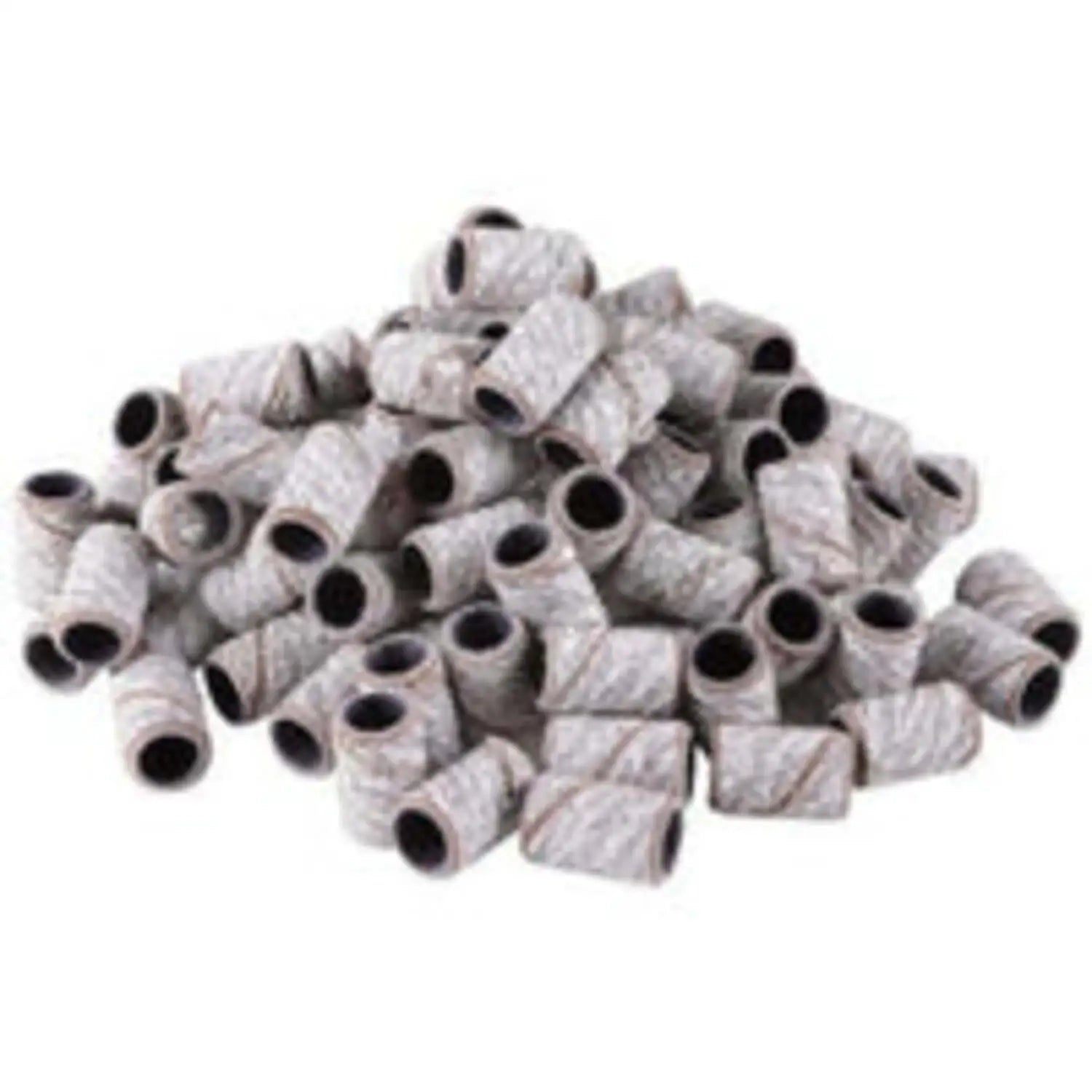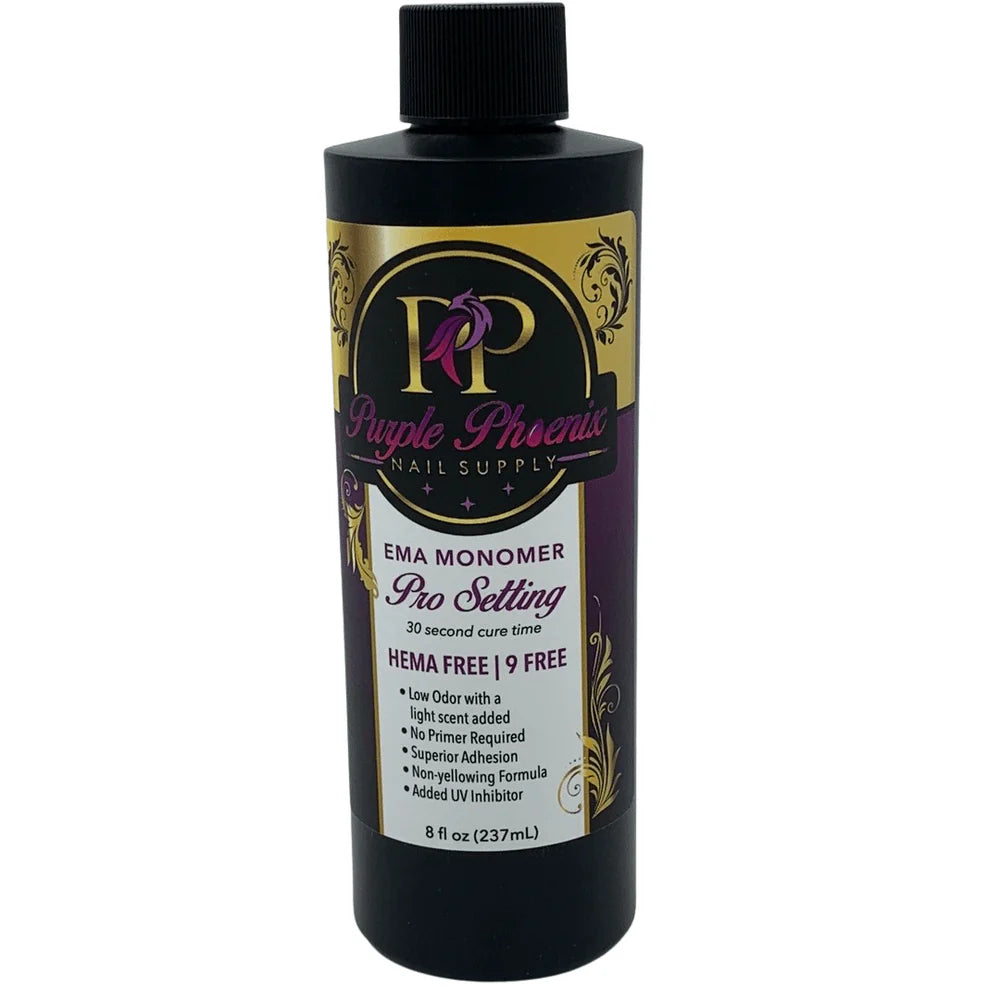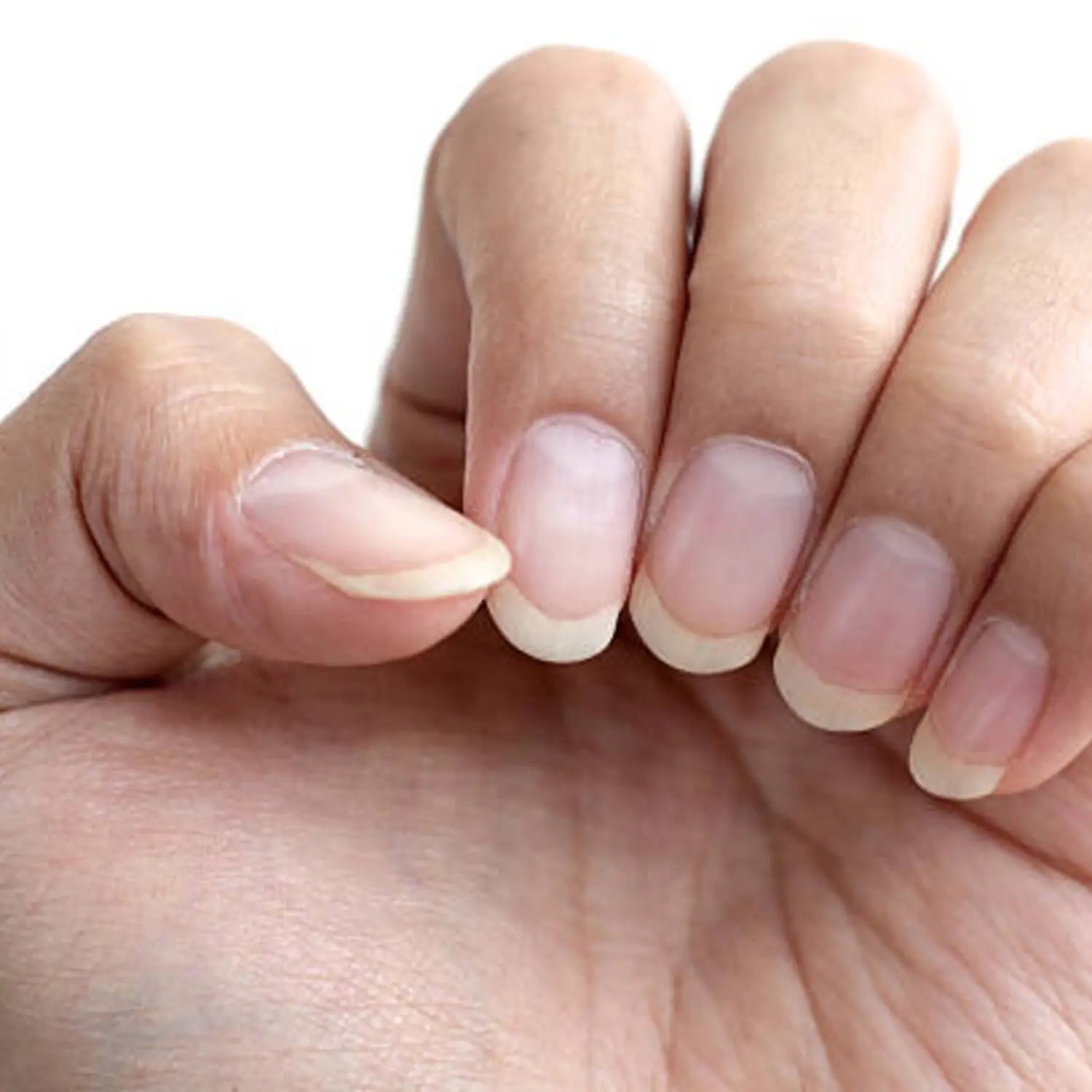
Natural Nails and Sanding Bands learn Safe Usage Techniques
The Truth About Sanding Bands on Natural Nails: Busting Myths and Enhancing Nail Care
When it comes to nail care, especially in the professional nail industry, there's a swirling debate about the use of sanding bands on natural nails. This tiny tool, often misunderstood, has been the subject of many myths and misconceptions. Thus, it’s time to set the record straight and demonstrate that sanding bands can be a valuable asset for nail care if used correctly. So, let’s dive into the reality of using sanding bands and debunk the myths surrounding them.
What Are Sanding Bands?
Sanding bands are cylindrical abrasive tools that attach to an electric nail drill. Indeed, they come in various grit levels, from coarse to fine, and are primarily used for shaping, smoothing, and preparing nails for enhancements. Moreover, many professionals use them to remove gel polish, shape artificial nails, and smooth calloused skin. Therefore, understanding the proper use of sanding bands is essential for achieving the best results.
Myth 1: Sanding Bands Are Too Harsh for Natural Nails
Reality: Sanding bands can be used on natural nails if the correct grit is selected and proper technique is employed. It’s not the tool that’s the problem; it’s how you use it.
First and foremost, it’s important to recognize that sanding bands aren’t inherently damaging. Instead, they offer precision and effectiveness when used properly. Consequently, choosing the right grit and technique is key.
Fine Grit for Natural Nails
- Grit Level: Always choose a fine grit sanding band, typically between 240 to 320 grit, for natural nails.
- Gentle Abrasion: This level of abrasiveness is gentle enough to avoid damage while still being effective for smoothing the nail surface and removing ridges.
Light Pressure
- Minimal Pressure: Apply minimal pressure and allow the tool to do the work.
- Heat Prevention: Heavy pressure can cause heat buildup and damage the nail plate. Hence, with a gentle approach, sanding bands can be safe for natural nails.
Myth 2: Sanding Bands Damage the Nail Plate
Reality: Another common misconception is that sanding bands inherently damage the nail plate. In reality, improper technique and overuse are the culprits behind nail damage.
Despite the belief that sanding bands always cause harm, the truth is quite the opposite. Ultimately, the damage often results from incorrect usage and not from the sanding band itself.
Avoid Overuse
- Sparing Use: Excessive use of sanding bands on natural nails can lead to thinning.
- Targeted Application: Use them sparingly, focusing on areas that truly need smoothing or preparation.
Technique Matters
- Drill Angle: The angle and speed of the drill also play significant roles.
- Consistent Contact: Keep the drill at a low speed and maintain a consistent angle to ensure even and gentle contact with the nail surface.
Myth 3: Sanding Bands Cause Heat Damage
Reality: Heat damage is a legitimate concern, but it results from misuse, not the sanding band itself.
Thus, it is crucial to focus on proper techniques to prevent heat buildup.
Preventing Heat Buildup
- Keep Moving: Always keep the sanding band moving across the nail surface to prevent prolonged friction in one spot, which can generate heat.
- Lighter Touch: Using a lighter touch helps to minimize heat buildup.
Cooling Breaks
- Sensitive Nails: For clients with sensitive nails, consider taking breaks between each nail to allow the nail surface to cool, thus avoiding discomfort and potential damage.
- Simple Practice: This simple practice can make a significant difference.
Benefits of Using Sanding Bands on Natural Nails
With proper usage, sanding bands offer several benefits for natural nail care.
1. Efficient Nail Preparation
- Quick Shine Removal: Sanding bands quickly and effectively remove the natural shine from the nail surface, creating the ideal base for nail enhancements like gel or acrylics.
- Better Adhesion: This ensures better adhesion and longevity of the nail product.
2. Smoothing Surface Ridges
- Ridge Smoothing: Natural nails can have ridges or uneven surfaces that affect the appearance of manicures.
- Polished Look: Sanding bands can gently smooth these imperfections, resulting in a more polished and professional look.
3. Enhancing Natural Nail Health
- Preventing Buildup: When used with care, sanding bands can help maintain healthy nails by preventing the buildup of excess cuticle and smoothing out minor imperfections, promoting even nail growth.
4. Speed and Precision
- Quicker Results: Compared to manual buffing, sanding bands provide a quicker and more precise method for achieving desired results.
- Professional Efficiency: This efficiency is especially valuable in a professional salon setting where time is of the essence.
How to Use Sanding Bands on Natural Nails Safely
For optimal results, follow these guidelines for safe usage.
1. Choose the Right Grit
- Grit Selection: Selecting the appropriate grit level is crucial for safe use on natural nails.
- 240-Grit or Finer: A 240-grit or finer sanding band is recommended for gentle and effective results, ensuring that the natural nail is not exposed to excessive abrasion.
2. Use Proper Technique
Low-Speed Setting
- Low-Speed: Always operate the electric nail drill at a low-speed setting when working on natural nails.
- Controlled Approach: This minimizes the risk of heat buildup and ensures a controlled and gentle approach.
Light Pressure
- Gentle Glide: Avoid applying heavy pressure, as this can lead to nail thinning and damage.
- Minimal Force: Allow the sanding band to glide over the nail surface with minimal force.
Continuous Movement
- Keep Moving: Keep the sanding band in motion across the nail surface to prevent heat buildup and ensure even smoothing.
- Avoid Lingering: Avoid lingering on one spot for too long.
3. Monitor Nail Health
- Regular Assessment: Regularly assess the condition of natural nails and adjust the frequency of sanding band use accordingly.
- Nourishing Care: If signs of thinning or damage appear, give the nails a break and focus on nourishing care.
4. Professional Training
- Proper Training: For nail technicians, proper training in using sanding bands is essential.
- Nuances and Handling: Understanding the nuances of nail anatomy, tool handling, and client-specific considerations is crucial for safe and effective use.
Alternatives to Sanding Bands
While sanding bands can be safe and effective, there are alternatives for those who prefer a different approach:
1. Manual Buffing Blocks
- Manual Control: Buffing blocks with varying grits offer a manual alternative for smoothing and prepping natural nails.
- More Effort: They provide more control but require more effort and time.
2. Glass or Crystal Nail Files
- Gentle Filing: These files offer a gentle and precise option for shaping and smoothing natural nails, reducing the risk of damage associated with improper tool use.
3. Electric Nail Files with Attachments
- Specialized Attachments: Electric nail files with specialized attachments designed for natural nails can offer a safe alternative to sanding bands, providing a gentler touch for delicate nail surfaces.
Conclusion
The myths surrounding sanding bands on natural nails often overshadow their potential benefits. Nevertheless, the truth is, with proper technique, tool selection, and care, sanding bands can be a valuable addition to any nail care routine. It's essential to recognize that it's not the tool itself that causes damage; it's how the tool is used. By educating ourselves and others on safe practices, we can unlock the full potential of sanding bands and enhance the overall health and beauty of natural nails.
Final Thoughts
In summary, for nail technicians and enthusiasts alike, understanding the facts about sanding bands empowers us to make informed decisions about nail care tools and techniques. With the right knowledge and approach, we can continue to elevate the standards of nail care and deliver exceptional results that celebrate the beauty of natural nails


